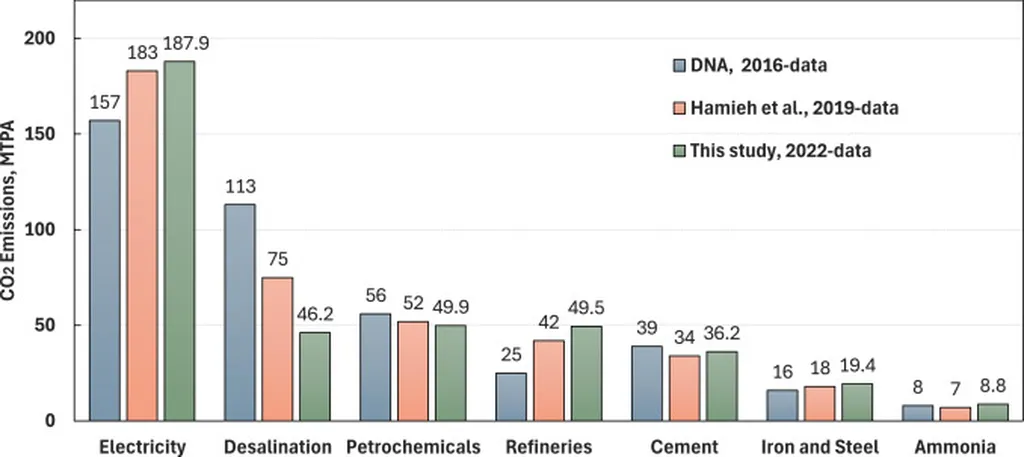In the quest to mitigate climate change, carbon capture and storage (CCS) has emerged as a critical technology, but it’s not without its challenges. A recent study published in the journal *Petroleum* (translated from Arabic as “Crude Oil”) sheds light on innovative techniques to enhance the efficiency of carbon dioxide (CO2) storage in geological reservoirs. Led by Muhammad Shehryar from the Department of Petroleum Engineering at King Fahd University of Petroleum and Minerals in Saudi Arabia, the research explores how to improve the sweep efficiency of CO2 injections, a crucial factor in maximizing storage capacity and minimizing leakage risks.
The primary issue with CO2 storage is its low viscosity, which leads to uneven distribution and poor mobility control within reservoirs. This results in phenomena like viscous fingering and gravity override, where CO2 flows preferentially through certain paths, leaving other areas of the reservoir underutilized. “The inefficient distribution of CO2 not only compromises storage capacity but also increases the risk of leakage,” explains Shehryar. To address this, the study investigates various enhanced oil recovery (EOR)-based techniques, including polymer, surfactant, and foam-based technologies, to thicken CO2 and enhance its viscosity for better mobility control and uniform distribution.
Polymers, for instance, can increase the viscosity of CO2, leading to better mobility control and wider reservoir coverage. Surfactants, on the other hand, reduce interfacial tension, enabling CO2 to invade less permeable areas. Foams act as conformance control agents, diverting the flow of CO2 away from high-permeability zones and into underused areas. The study also delves into advanced materials like CO2-soluble polymers, fluorinated surfactants, and nanoparticle-stabilized foams, which offer superior stability under the high-pressure, high-temperature conditions typical of deep reservoirs.
However, these techniques are not without their challenges. Chemical degradation, economic feasibility, and environmental consequences are significant hurdles that need to be overcome. “While these approaches are effective, they come with their own set of limitations,” notes Shehryar. “Integrated approaches involving polymers and surfactant foams could offer a more sustainable solution for enhanced sweep efficiency.”
The implications of this research for the energy sector are profound. As the world grapples with the need to reduce greenhouse gas emissions, CCS technologies are becoming increasingly important. By improving the efficiency of CO2 storage, these techniques could play a pivotal role in the global effort to mitigate climate change. Moreover, the enhanced sweep efficiency could also lead to more effective EOR processes, potentially boosting oil recovery and extending the life of existing reservoirs.
The study’s findings contribute to the ongoing efforts to develop more efficient and sustainable carbon sequestration technologies. As Shehryar and his team continue to explore these techniques, the energy sector can look forward to more innovative solutions that address the challenges of CO2 storage and pave the way for a more sustainable future. The research published in *Petroleum* marks a significant step forward in this endeavor, offering valuable insights into the future of carbon geo-storage.

